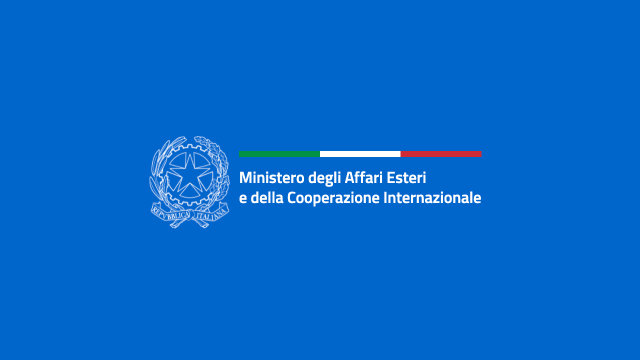The starting point must be United Nations Resolution 67/146, approved in December 2012. And the goal is to ensure that it is applied in a uniform manner, to put an end to the horrific practice of female genital mutilation (FGM). These are the two main pillars framing the international conference on “Action to achieve commitments in UNGA Resolution 67/146. Intensifying global efforts for the elimination of female genital mutilations” which took place in Rome today, 22 October 2013. The conference was organised by the United Nations Population Fund (UNFPA), in collaboration with the Ministry of Foreign Affairs, the United Nations International Children’s Emergency Fund (UNICEF) and the Italian Association for Women in Development (AIDOS).
The conference proceedings were opened by Foreign Minister Emma Bonino, who for many years has been in the front line of the campaign to ban FGM. “The Resolution sends out a global message which we must now apply”, she told attendees in Rome’s Auditorium Parco della Musica, which hosted the event.
Italy will continue its battle against FGM in a responsible manner
The conference comes at a crucial time for the battle against FGM. A battle which, explained Minister Bonino, must now focus on four lines of action. They are: to encourage states to fulfil the commitments undertaken in the Resolution; to implement legislative and normative frameworks that guarantee gender equality; to create multi-sectorial partnerships and responses; and to find additional resources for institutions and non-governmental organisations (NGOs). Italy has earmarked 8 million euros since 2008 for the joint UNFPA-UNICEF Programme against FGM. And, notwithstanding the difficult economic situation, the government does not intend to reduce its support.
Italy “has conducted this battle in a responsible manner and intends to continue to do so”, remarked Minister Bonino. She invited civil society to help the country maintain its support for the prohibition of this practice. Not least because “Italy is going through a difficult period, given the economic crisis, and maintaining our commitments is not easy, even in the face of public opinion”. The Minister reiterated that the battle against FGM is a battle for human rights. A battle without borders, to which the head of Italian diplomacy intends to devote her own “personal commitment as a long-standing activist”.
30 million girls at risk in next 10 years if current trend continues, says UNFPA
Female genital mutilation continues to threaten huge numbers of women worldwide. UNFPA figures suggest that over 125 million women have been mutilated in over 80 countries in Africa and the Middle East. And if the current trend continues, about 30 million girls are calculated to be at risk in the next 10 years.
The goal, in UNFPA’s view, is to increase the rate at which the practice is eliminated by 10% each year – to achieve which goal, the international community will need to redouble its efforts. The trend can, however, be reversed, and in recent years changes have been seen, even in the regions with the highest concentrations of FGM. In 29 African and Middle Eastern countries, girls today have a lower risk of being mutilated than they did 30 years ago, while 12 countries have been working on laws on this issue since the UN Resolution was passed. Finally, 40 states have adopted laws punishing the practice.
Burkina Faso sets an example: the trend can be reversed
The road ahead is long, but the goal at its end is not unattainable. This was the testimony given in Rome by Chantal Campaoré, First Lady of Burkina Faso, a country which, thanks to the synergies achieved with NGOs, has already reversed the trend. The example set by Burkina Faso can pave the way for change in Africa, with all its complexities. Indeed, the time may well be right. Because, as the African Union’s Commissioner for Social Affairs, Mustapha Kaloko, promised, “this is a year of cultural rebirth for us […] and abolishing bad practices is top of our list”.

